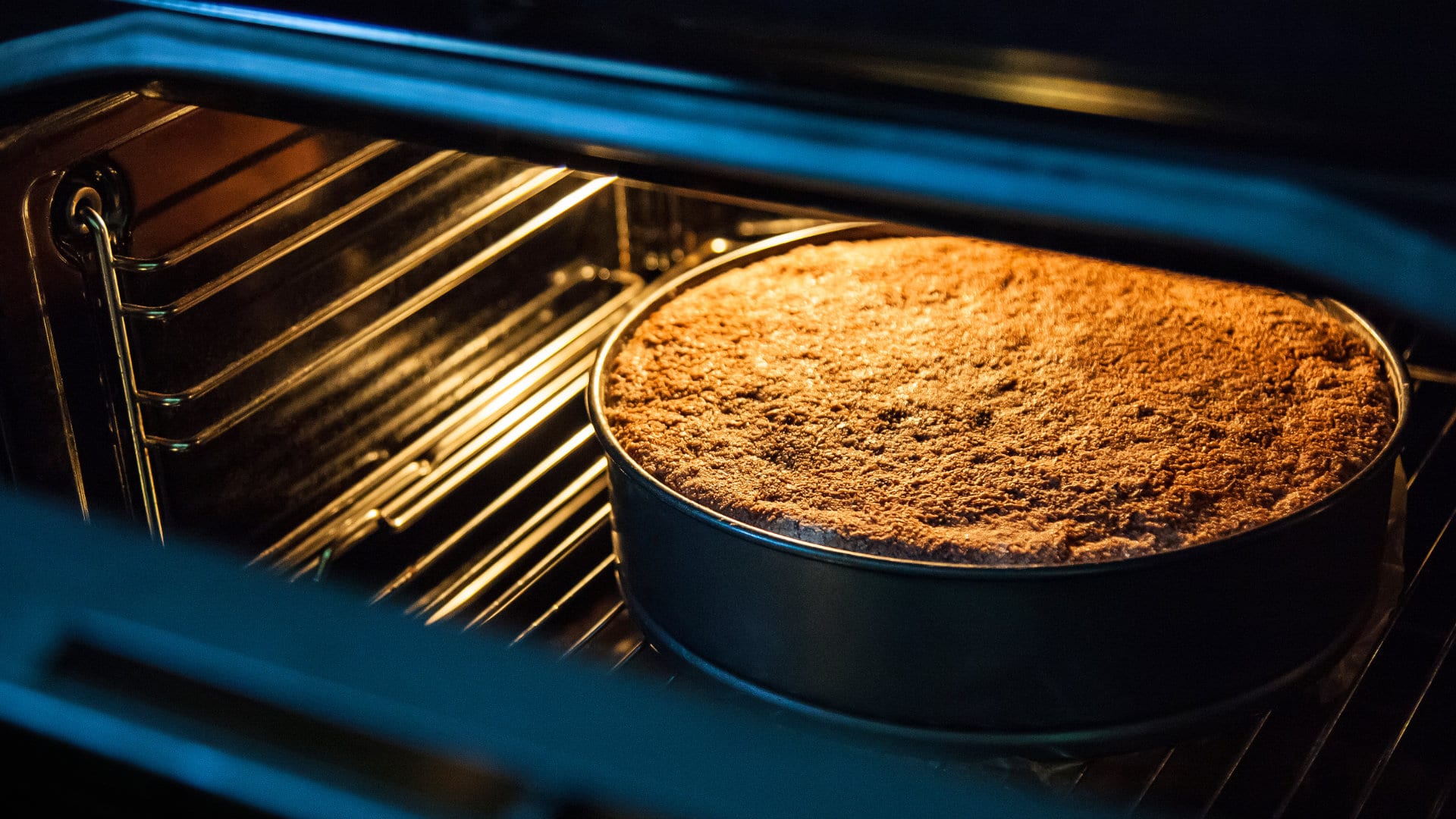
Discovering that your electric oven isn’t heating up can be a frustrating experience, especially when you’re in the midst of preparing a meal! However, this common issue can often be resolved with some troubleshooting and know-how. From checking power connections to assessing heating elements and internal components, understanding the potential causes and solutions is key.
In this comprehensive guide, we explore each step required to find and hopefully repair the underlying cause of the problem. When working with electric appliances, safety needs to be your first priority. Please consult a qualified technician if you’re unsure about any terminology or instructions in this guide.
Step 1 – Check the oven settings
The first step is to ensure that the oven settings (such as bake, broil, or self-cleaning functions) are selected correctly. Sometimes, incorrect settings can prevent the oven from heating. If adjusting the settings doesn’t solve the problem, proceed to the next step.
Step 2 – Reset your oven
Sometimes, a simple reset can solve a heating problem. To reset your electric oven, turn the circuit breaker that provides power to the oven off for a few minutes before turning it back on again. When the oven turns back on, check if it can heat correctly. If not, proceed to the next step.
Step 3 – Check the power supply
To determine why your electric oven isn’t heating, the next step is to ensure a correct and stable power supply. An electric oven requires 240 volts of alternating current to operate correctly.
Follow these instructions to assess the power supply:
- Begin by examining the circuit breaker. Reset it if it has tripped.
- Plug your oven into a different power outlet (if available) to test its heating capability. If it works, the original outlet is defective and requires an electrician to repair or replace it. If the oven still doesn’t heat in a separate outlet, use a multimeter to verify the voltage in the socket.
- An electrician must inspect your power setup if the voltage isn’t high enough. If the socket displays the correct voltage, proceed to the next step.
Step 4 – Check the heating element
In electric ovens, the heating element is pivotal for generating heat. If the element malfunctions, your oven won’t reach the right temperature or heat at all. For this step, we will start by telling you how to inspect the heating element and then give you instructions for replacing it if necessary.
Follow these instructions to inspect the heating element:
- Remove the heating element cover if applicable.
- Set your oven to high heat. After a few minutes, check if the element glows red. If not, it’s defective and needs testing. If it glows red, place the cover back in position (once cooled) and proceed to the next step.
- If the element doesn’t work, let it cool down and switch the power supply off.
- Once cool, disconnect the element and test it with a multimeter.
- If the element has no continuity, it requires replacement. If there is continuity, it’s functioning correctly, so you can reconnect it and proceed to the next step.
Follow these instructions to replace the heating element:
- Start by removing the old element. This can be done by unthreading the screws that hold the element in place.
- Next, carefully pull the element out, exposing the wires connected to it.
- Disconnect the wires. While doing so, note how the wires are connected to the old element or take a picture for reference.
- Remove the old element from the oven.
- To connect the new element, start by connecting the wires to it.
- Next, carefully place the new element into its position in the oven. Use the screws you removed earlier to secure it in place.
- Once in place, place the cover back over it (if you removed one earlier) and switch the power back on.
- Switch your oven on and check if it can now heat. If not, proceed to the next step.
Step 5 – Test the thermal fuse
The thermal fuse safeguards the oven from overheating. If faulty, it might shut off the oven prematurely, preventing it from being able to heat.
Follow these instructions to test the thermal fuse:
- Switch the power off to your oven.
- Locate and disconnect the thermal fuse (the thermal fuse is typically located behind the rear panel of the oven, which you will need to remove).
- Once located, disconnect the wires and test the fuse using a multimeter.
- If the fuse shows continuity, reattach it and proceed to the next step. If not, replace it.
Follow these instructions to replace the thermal fuse:
- Start by removing the old thermal fuse. If you haven’t already, you will likely need to remove clips or brackets to remove the fuse from the oven and disconnect the wiring.
- Once removed, install the new fuse. This can be done by placing the new fuse in the same position as the old one and securing it with the clips or brackets you removed earlier.
- Next, attach the wires to the new thermal fuse, ensuring they are connected securely to the correct terminals.
- Put the back panel of the oven back in place and secure it with the screws you removed earlier.
- Next, reconnect the power supply or turn the circuit breaker back on.
- Test the oven to ensure it’s heating up properly. If your oven still can’t heat, proceed to the next step.
Step 6 – Consider replacing the control board
Your final option is to replace the main control board. However, since this can be a costly repair, you should consider consulting a technician for further inspection of your oven or even replacing the appliance with a brand-new one.

